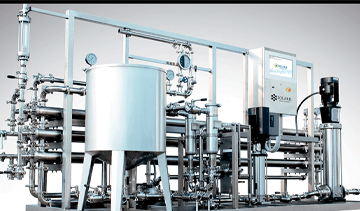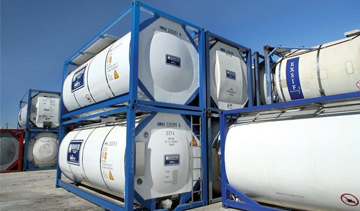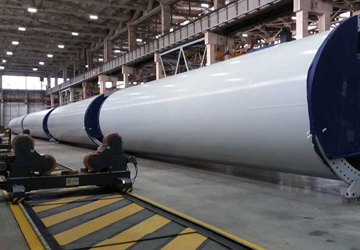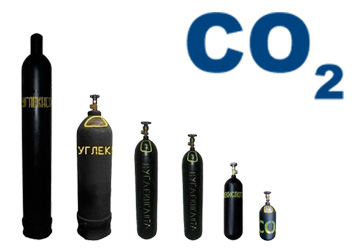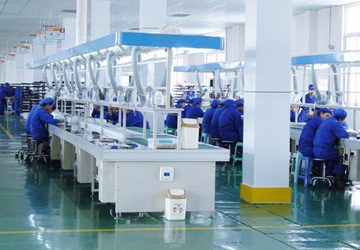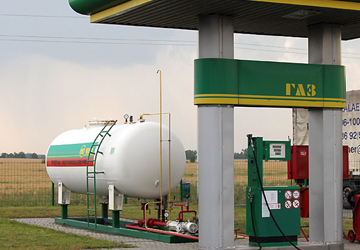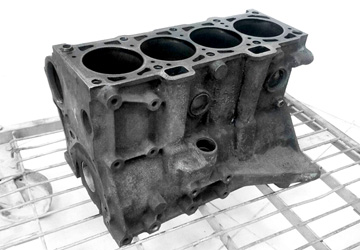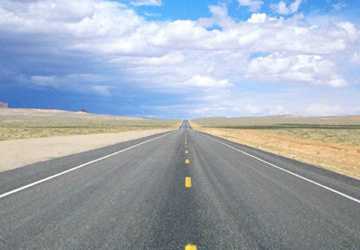1. Analysis of the existing and predictable (for the period of implementation of the concession project) of the demand of the demand for the services formed as a result of the implementation of the concession project, including:
a. the existing fleet in the design zone (territory of the South Kazakhstan region and Shymkent) from 2005 to 2015 with dividing into the category of vehicles;
B. data on transit transport passing through the design zone (territory of the South Kazakhstan region and Shymkent) quarterly from 2005 to 2015 with dividing into the category of vehicles;
C. the main indicators of the activities of legal entities in Shymkent and the South Kazakhstan region for cargo transportation and passenger transportation;
D. the existing daily intensity of movement on radial highways in places of potential intersection with a paid road, ATS/day;
E. the above daily intensity of movement on radial highways in places of potential intersection with a paid road, unit/day;
f. the composition of the traffic flow (passenger/buses/cargo/other transport) on radial highways in places of potential intersection with a paid road;
G. calculation of the average seasonal uneven movement of vehicles in the design zone (territory of the South Kazakhstan region and Shymkent);
h. The reduced average daily movement intensity on radial highways in places of potential intersection with a paid road through quarters over the past 2 years, units/day;
I. Forecasting the intensity of the traffic flow (average annual daily intensity and intensity during peak hours) in the context of vehicle categories and in areas of the paid road. At the same time, forecasting should be built taking into account the use of special certified computer programs and/or other generally accepted calculation approaches
J. Cargo turnover of the design area (territory of the South Kazakhstan region and Shymkent), including the following information:
- the volume of goods transported by road in the design area of a paid road;
- production and consumer goods;
- building goods;
- municipal solid waste;
- foreign trade and transit goods;
- cargoes of the international airport in Shymkent;
- cargoes of the railway junction;
- forecast of car cargo flows (in the middle of the first and second decades of the post -investment period).
2. Analysis of volumes, types and prices for services, which is made taking into account the current situation in the industry (region) by consumer categories, including the following information:
a. The concept of the system of gathering a fee for the use of roads, including:
- analysis of possible systems for charging for travel;
- analysis of ways to implement options for constructing a payment system;
- analysis of payment funds and technologies for charging fees;
- recommendations on the technology of paying for a fare on a paid highway;
- Assessment of the parameters of the efficiency and justice of alternative payment systems.
B. Forecast of traffic intensity along the designed road, including:
- predictable average annual daily intensity of movement in areas (AUT/day).
C. justification of the number of lanes on the designed road, including:
- hourly traffic intensity (auto/hour), the number of lanes and the level of loading of road sections for the calculated time.
D. The intensity of movement at intersections and adjacents, including:
- intensity of movement on transport interchanges;
- intensity of movement at intersections;
- the distance between the interchanges and the payment and access points (PPP) with justification based on the bandwidth;
- The dynamics of the passage of the PPP according to the classical and proposed systems.
E. Development of recommendations for setting fees for various categories of road users, including:
- Transport zoning of the modeling zone;
- values of the cost of time for various tariff groups;
- offered tariff grid for use on a paid road.
3. Analysis of the readiness and capabilities of potential consumers to acquire a unit of service within the framework of the project (with the provision of the results of the population) with the division into the following categories:
3.1. A survey of drivers of cars, including the following information:
a. source (own funds/other sources) of payment of transportation costs;
B. The matrix of the waybill (in/from the South Kazakhstan region; in/from the city of Shymkent);
C. the structure of the waybill for targets;
D. road use intensity;
E. seasonality of the waybill;
f. Potential use assessment and willingness to pay for travel, including:
- reasons affecting user preferences in relation to the designed road;
- assessment of the cost of time (a temporary segment affecting the decision to use the designed road);
- willingness to pay for the fare, based on:
F.1. assessment of the cost of travel for cars on a paid highway, provided that it saves 1 hour or 30 minutes;
F.2. the average maximum acceptable and median cost of travel on a paid highway, taking into account different saving time for different trips, tenge;
F.3. the maximum acceptable cost of travel on a paid highway, provided that 1 hour is saved, depending on the purpose of the trip;
F.4. The maximum acceptable cost of travel on a paid highway, provided that it saves 30 minutes, depending on the purpose of the trip.
- The probability of evasion from travel.
3.2. A survey of truck drivers, including the following information:
- assessment of the cost of travel for trucks on a paid highway, provided that there are 1 hour;
- assessment of the cost of travel for trucks on a paid highway, provided that it saves 30 minutes;
- the average maximum acceptable cost of travel on a paid highway, taking into account different saving time, tenge.
3.3. Poll of bus drivers, including the following information:
C. the nature of the use of roads;
D. seasonality of correspondence;
E. Assessment of potential use and willingness to pay for travel, based on:
- assessment of the cost of time;
1. Assessment of the cost of travel for trucks on a paid highway, provided that there are 1 hour;
2. Assessment of the cost of travel for trucks on a paid highway, provided that it saves 30 minutes;
3. The average maximum acceptable fare on a paid highway, taking into account different saving time, tenge.
3.4. A survey of organizations with their own fleet or engage in the delivery of goods using transport companies to get the following results:
- assessment of the possibility of using a paid road;
- relations of representatives of enterprises to the introduction of a fare on a paid highway.
4. Analysis of the financial viability of the population to pay for travel on a paid highway;
5. Comparative analysis of foreign experience of traveling on paid highways;
6. Comparative analysis of manufacturers, suppliers and supply conditions;
7. SWOT analysis (determination and assessment of potential strengths and weaknesses, the capabilities and threats of the services provided, estimated as part of the implementation of the concession project).














